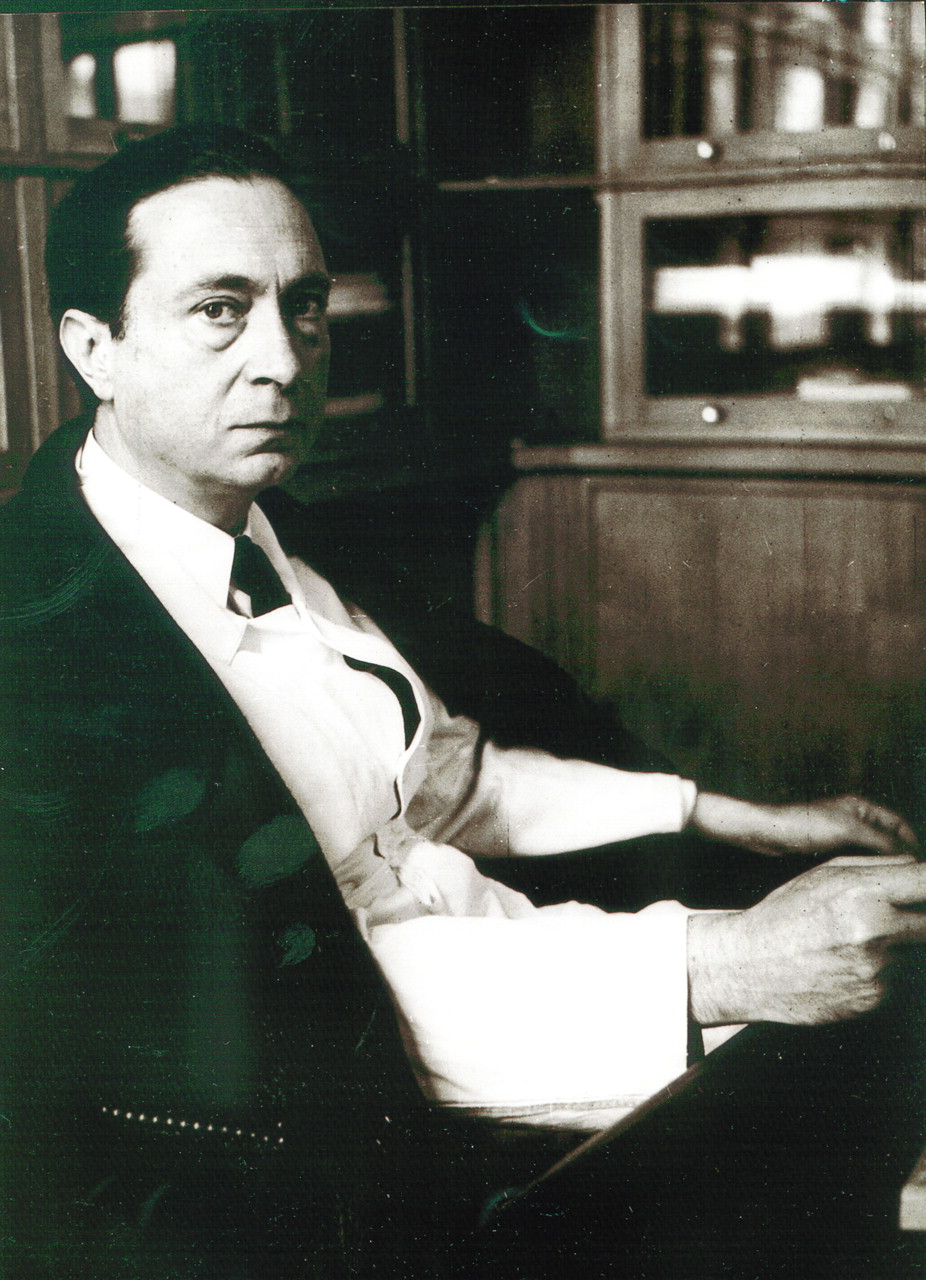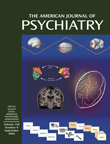Since this year marks the 50th anniversary of the chlorpromazine clinical trials that Jean Delay carried out with his disciple Pierre Deniker, it would seem an ideal time for psychiatry to rediscover and commemorate the scientific and literary work of this French physician.
Born in 1907 in Bayonne, a small town in southwest France, Delay was the son of a surgeon who dreamed that his son would embrace the same career. Jean Delay entered medical school when he was only 16 years old, a precociousness that testified to the extreme sharpness of his intelligence. He was only 29 when he became a neuropsychiatrist in the famous La Salpétrière Hospital in Paris and only 39 years old when he joined the Sainte Anne Hospital in Paris as one of the few Professors of Psychiatry.
Many of his works are of major importance. His doctoral thesis on “Les astéréognosies” studied the organization of tactile functions and presaged a lifelong interest in the links between physiology and psychology
(1). In 1939, he created the first French laboratory of electroencephalography and used it to study normal and pathological aspects of cerebral waves
(2). He was a pioneer in introducing ECT in France and examined physiological and psychological effects of shocks, following the works of Cerletti
(1). A recognized remarkable clinician, he was called to officiate as a psychiatric expert in the Nuremberg trial of Rudolph Hess after World War II.
Although Delay’s works on psychopharmacology do not constitute the major part of his scientific contribution, they remain the most famous because of their scientific level as well as their topicality. Jean Delay invented the word “psychopharmacology” along with a whole field of research on psychological and behavioral modifications induced by drugs such as LSD, mescaline, and psilocybin
(1). In 1952, along with his co-worker Pierre Deniker, he was the first psychiatrist to recognize the therapeutic value of phenothiazines in the treatment of schizophrenia. It was then he proposed the definition of neuroleptic drugs (literally, “substances that take the nerves”). In 1956, he established with Deniker the first classification of psychotropic drugs.
A pupil of Pierre Janet, Delay also wrote a doctoral thesis in philosophy, “Les dissolutions de la mémoire”
(3), in which he studied the complex relationship between neurosis and creation, thus linking his passion for literature and psychology. He developed the concept of psychobiography (the impact of life events on personality), a psycholiterary concept that gave birth to “André Gide’s Youth”
(4). He became a member of the French Academy of Letters and, during his last years, devoted himself to his masterly work “Les Avant Mémoires,” a genealogical “psychosociobiography” of his own family through several centuries
(5). On November 15, 2001, his second daughter, the writer Florence Delay, followed the steps of her father to the French Academy of Letters.
Linking psychiatry and biology, as well as psychology and literature, Jean Delay is indeed a precursor of modern psychiatry. Nowadays, one should consider him one of the greatest psychiatrists France ever produced. Rediscovering his work appears essential to 21st century psychiatrists who wish to continue the metamorphosis he initiated.


